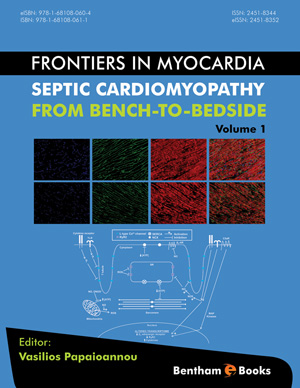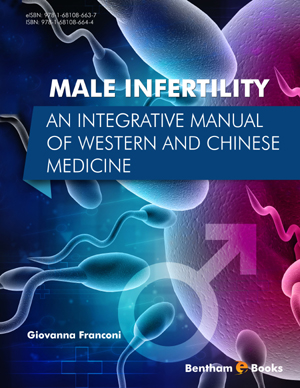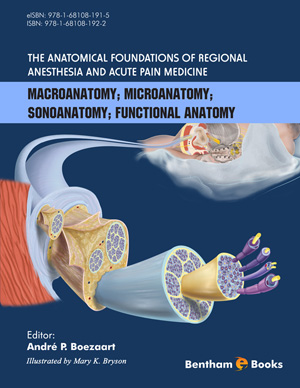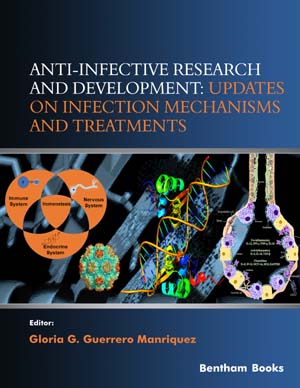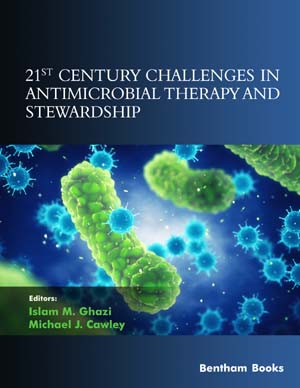Abstract
Cardiomyopathy of sepsis has been described over three decades ago while sporadic description of the phenotype has permeated the literature for two decades prior to the emergence of a coherent description. Although its prevalence is high in severe sepsis and septic shock, its impact on the overall prognosis of patients with sepsis is less clear. The clinical manifestations are varied and the syndrome presents several phenotypes, depending on when observations are made and how severe the underlying sepsis is. The most important concepts underlying the current understanding of the cellular pathophysiology, namely inflammation-driven elevations on various forms of intracellular nitric oxide synthases, their interaction with calcium fluxes, cellular respiration and oxidative stress are reviewed. The links between current concepts of pathophysiology, clinical manifestations and therapeutic options are discussed.
Keywords: Calcium channels, Cardiomyopathy, Dobutamine, Echocardiography, Fluid responsiveness, Levosimendan, Muscle contraction, Nitric oxide, Pulmonary hypertension, Sepsis, Septic shock, Troponin, Ventricular dysfunction.


